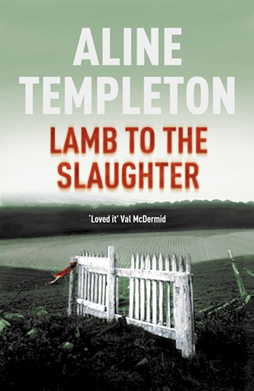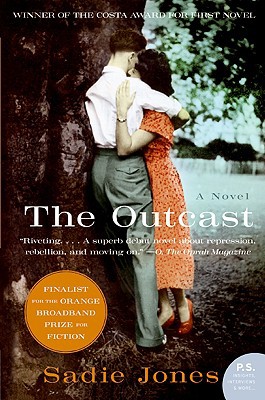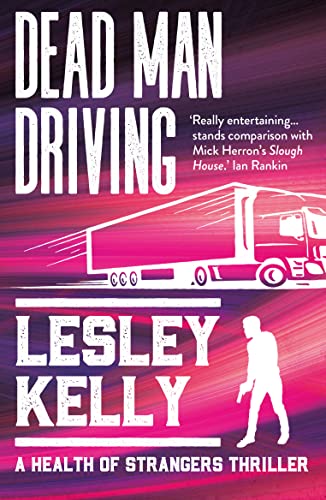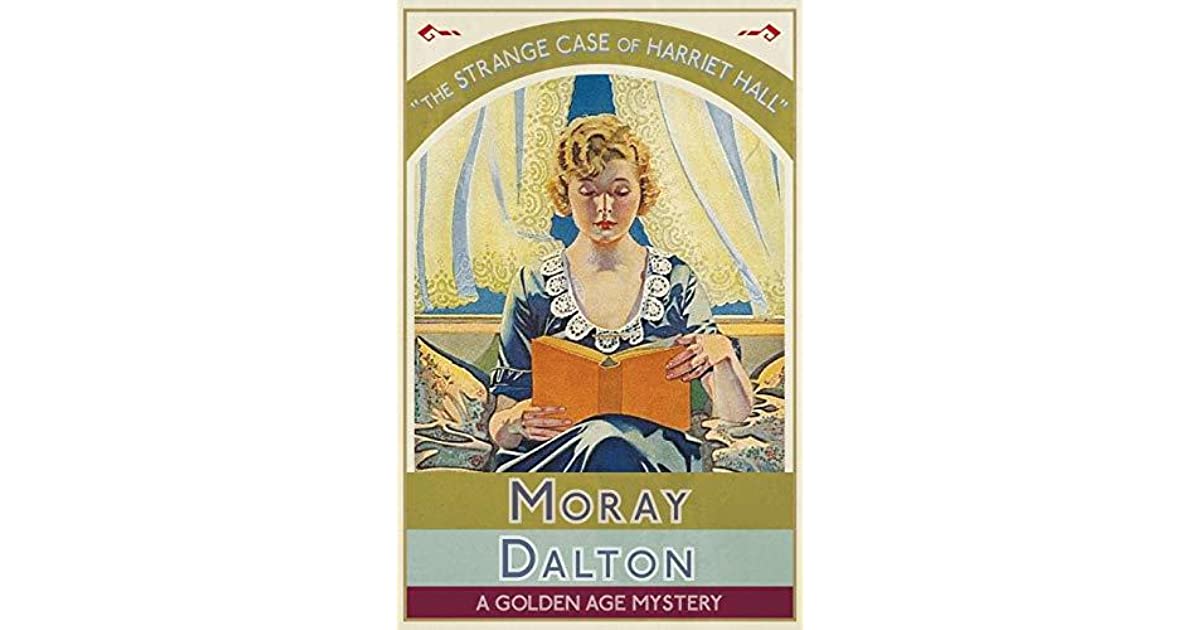
A lamb is dead. It isn’t what you might think.
Although this is the fourth installment in Aline Templeton’s police procedural series set in Scotland, this is the first book in the series I’ve read. I’ll certainly be trying another.
What’s it about?
An old man is shot on his doorstep, inspiring fear in the usually peaceful residents of Kirkluce. Could his death have anything to do with the proposed supermarket development that’s been bitterly dividing residents? Andrew Carmichael had the power to prevent the development, but would he have done so?
Meanwhile, teenage bikers are terrorising another elderly lady to breaking point, and someone has left a dead sheep outside the Craft Centre. Why? Was it a warning? If so, to who?
When a second, apparently random, shooting results in a second victim, Kirkluce is aflame with rumours of a sniper and DI Fleming struggles to find a motive that will make sense of everything. When the truth finally appears, no-one will believe it…
What’s it like?
‘Lamb to the Slaughter’ is a slow burner that becomes intensely puzzling as the police struggle to develop connections between the two deaths, forcing everyone involved to wonder whether there are any. The horror of a potentially undiscriminating sniper is palpable and even affects the police officers. The initial death’s placement within the story feels abrupt and random, but I wondered in retrospect whether that was deliberate and designed to reinforce its shocking and seemingly inexplicable nature. As I grew familiar with the series’ characters I felt more involved in the storyline, but what really made the difference – and inspired me to stay up reading until 1am to finish the book – was the startling second murder.
Although this killing perplexes police and readers alike, the suspect pool gradually grows, largely as a result of inaccurate alibis, and some potential motives are unearthed, alongside some effective red herrings. There’s a suitably varied range of suspects, all of whom have just enough to dislike about them (or in the case of some candidates, rather a lot to dislike about them) to make them plausible suspects. The final reveals are surprisingly abrupt and utterly chilling, though the penultimate twist perhaps loses a little impact in the way it is told. The ending neatly wraps up most outstanding queries, though by no means all, and may dissatisfy those who crave moral justice more than they desire legal redress.
Crucial to the plot is Tam MacNee, officially signed off from work after a significant head trauma gained in book three, but unofficially digging around at the very heart of the case. While he’s both a blessing and a headache to his DI, MacNee is an excellent source of much of the book’s humour, from slinking out of a pub in fond hopes that he hasn’t been spotted (he has), to attempting to get an old lady to confess (she doesn’t), to sizing up an adulterous colleague within seconds of returning to work (and ruining the adulterer’s day). While the final solution is very dark, the journey contains many moments of grin-inducing levity.
Final thoughts
I really enjoyed this, once I got to know the characters a little and the pace escalated slightly. DI Fleming and DS MacNee are both wonderfully human and brilliantly ‘normal’ – neither has a drink problem, both have happy marriages, and DI Fleming is struggling to control her wayward teenage daughter. Their working partnership is effective, but neither is a Sherlock Holmesian figure who stands alone and the other officers, who are similarly convincing, make small but valuable contributions to the investigation.
I enjoyed the strong focus on procedure underpinning the investigation and will definitely be looking to read the earlier books in the series.


